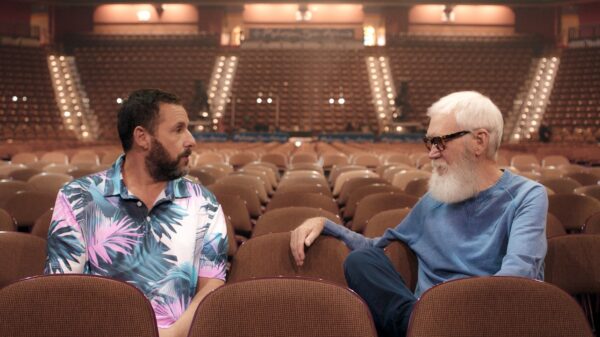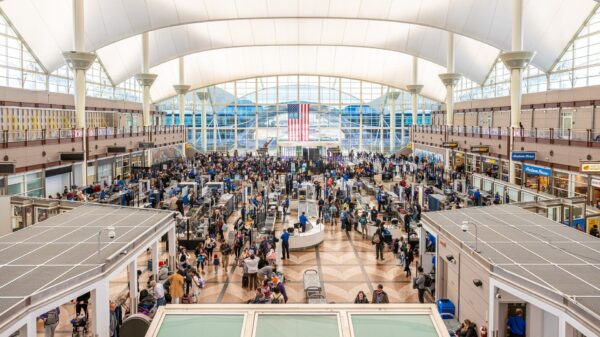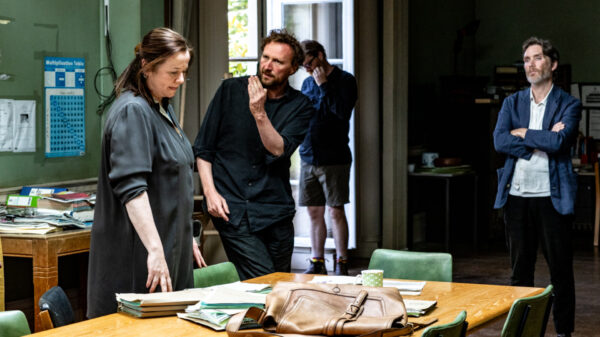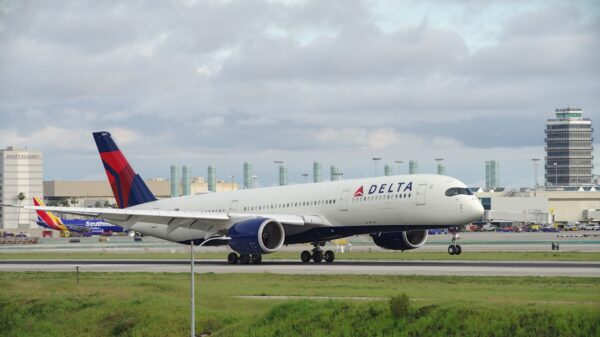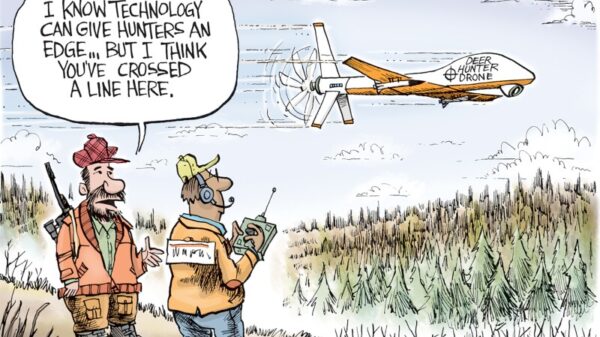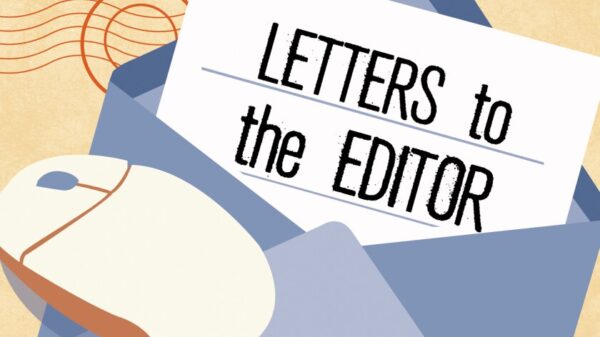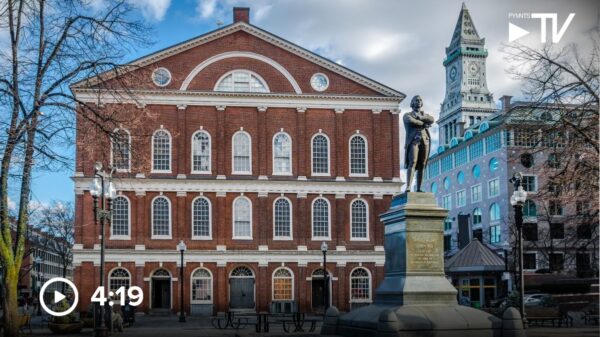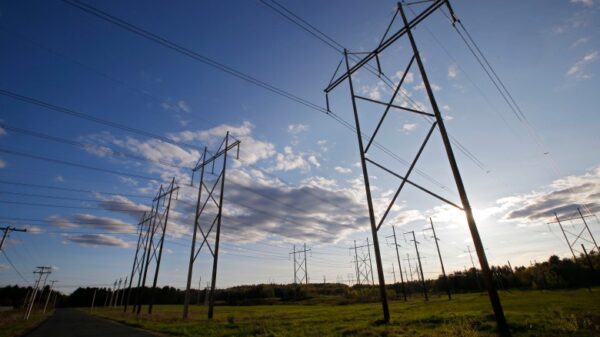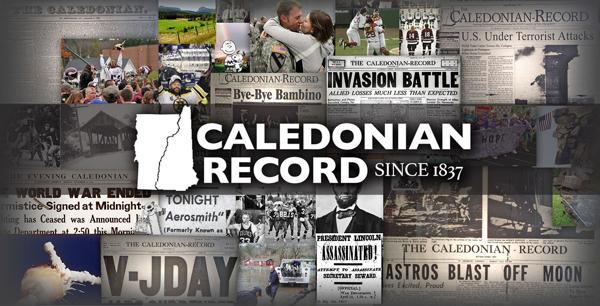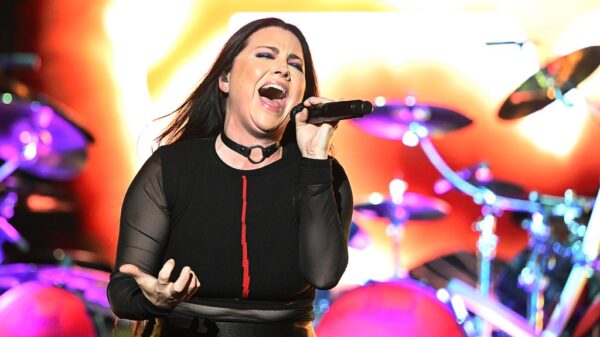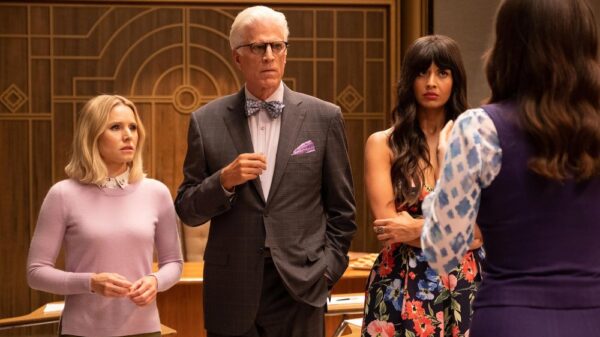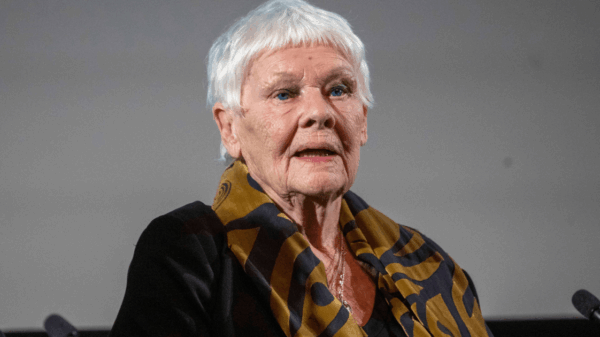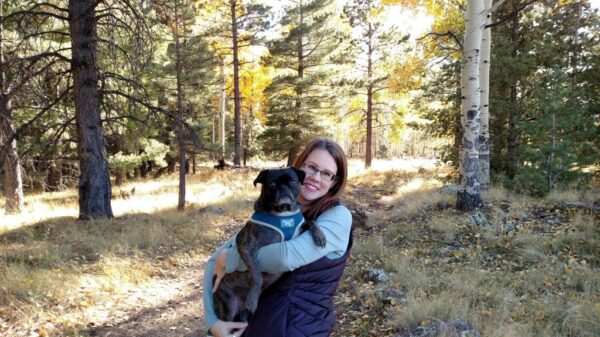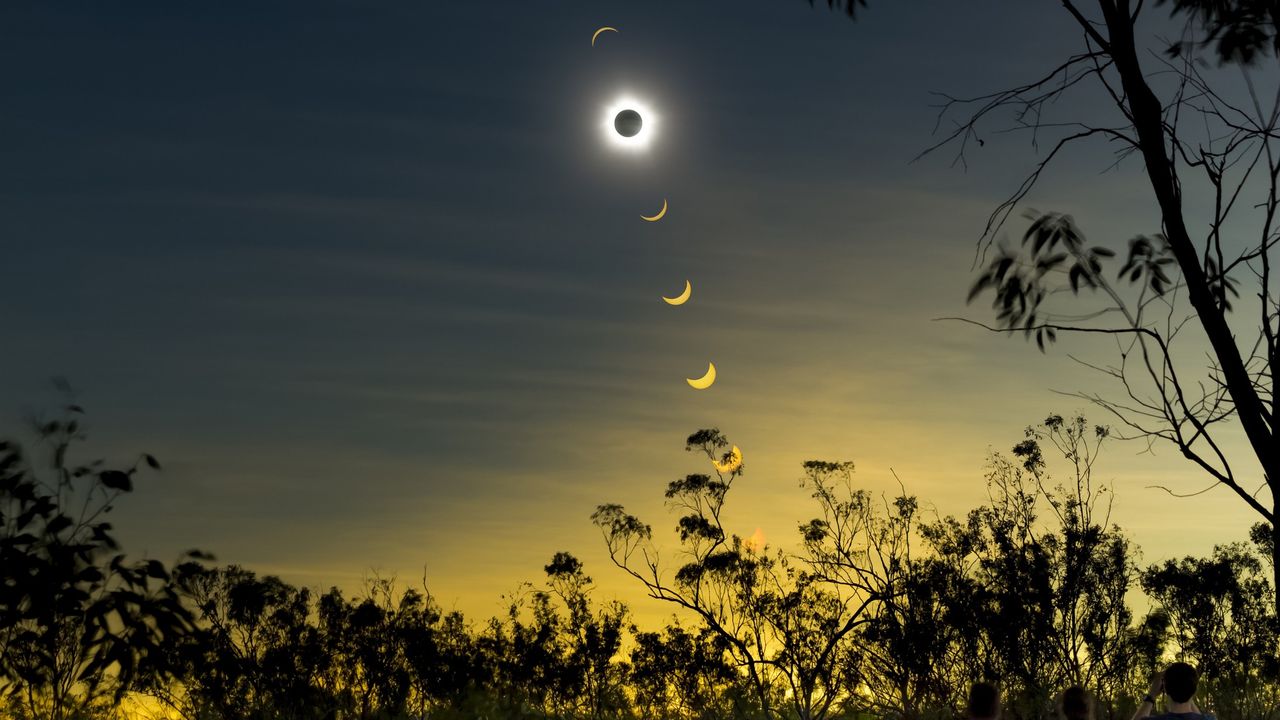UPDATE: A rare total solar eclipse is set to occur on July 22, 2028, with the moon’s shadow cutting a 143-mile-wide (230 kilometer) path across Australia and New Zealand. This celestial event marks the first total solar eclipse visible from Sydney since 1857 and the last until 2858, making it a once-in-a-lifetime spectacle for the city’s 5 million residents.
Eclipse enthusiasts are already making plans as Sydney’s iconic landmarks, including the Opera House and Harbour Bridge, will provide a stunning backdrop. However, many are expected to venture to the remote Kimberley region and the Australian Outback, where clear skies promise over five minutes of totality—a crucial factor for optimal viewing.
The total solar eclipse will begin at sunrise in the Indian Ocean, traversing the Cocos Islands and Christmas Island, then sweeping across Western Australia, the Northern Territory, Queensland, and New South Wales before concluding its journey over the Tasman Sea to New Zealand. The total duration of the eclipse will last 2 hours and 49 minutes, with maximum totality lasting an impressive 5 minutes, 10 seconds near the Drysdale River in Western Australia.
Approximately 6.3 million people live in the path of totality, according to Time and Date. While Sydney will attract the largest crowds and media attention, remote locations such as the Bungle Bungles and Karlu Karlu (Devil’s Marbles) in the Outback are predicted to offer the best chances for clear skies. Those planning to watch the eclipse should arrive at least a week in advance to secure a good vantage point.
Locations in the path of totality will experience varying durations of totality, with notable spots including:
– Cocos Islands: 3 minutes, 26 seconds at 8:12 a.m. CCT
– Christmas Island: 4 minutes, 5 seconds at 8:54 a.m. CXT
– Wyndham, Australia: 3 minutes, 20 seconds at 10:57 a.m. AWST
– Sydney, Australia: 3 minutes, 44 seconds at 1:59 p.m. AEST
In terms of weather, the Outback is expected to provide the clearest skies. Historical data shows that locations like Kununurra have had cloudy days on July 22 only 11% of the time since 2000. In contrast, Sydney faces a 47% chance of cloud cover, while the Cocos Islands and Christmas Island are at even higher risks.
For those unable to be in the path of totality, a partial solar eclipse will be visible across Australia, New Zealand, and parts of Southeast Asia, with cities like Alice Springs covering 95% of the sun’s disk and Brisbane and Melbourne both covering 81%.
This solar eclipse serves as a significant event for astronomy enthusiasts and casual observers alike. It’s a chance for communities to come together, share experiences, and witness a breathtaking natural phenomenon that will not be seen again for generations. Be prepared—this is an event you won’t want to miss!
As the date approaches, make sure to check resources like NASA, EclipseWise, and Time and Date for the latest updates on viewing conditions and recommendations for safe eclipse watching.

